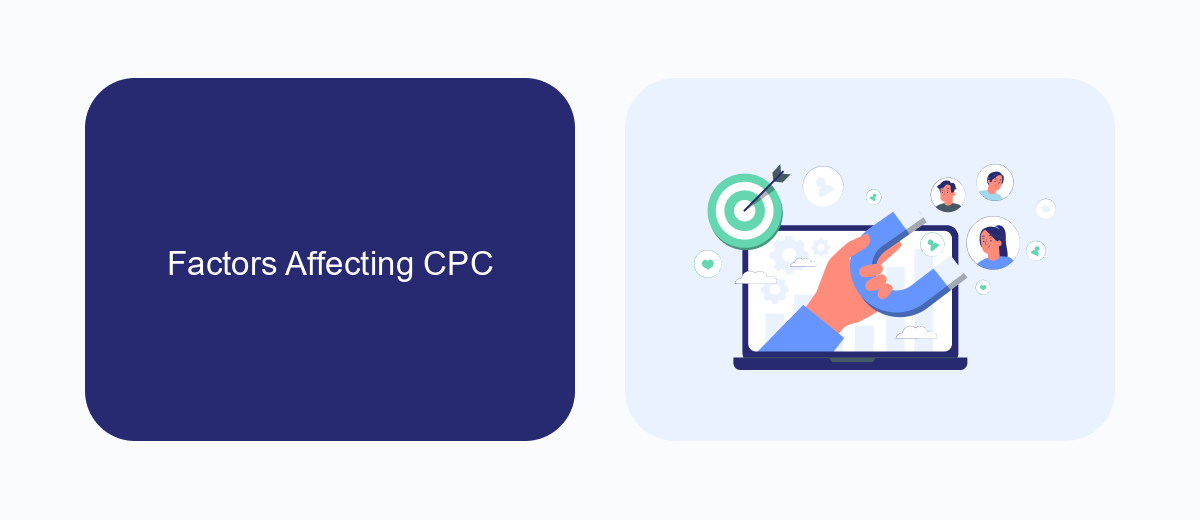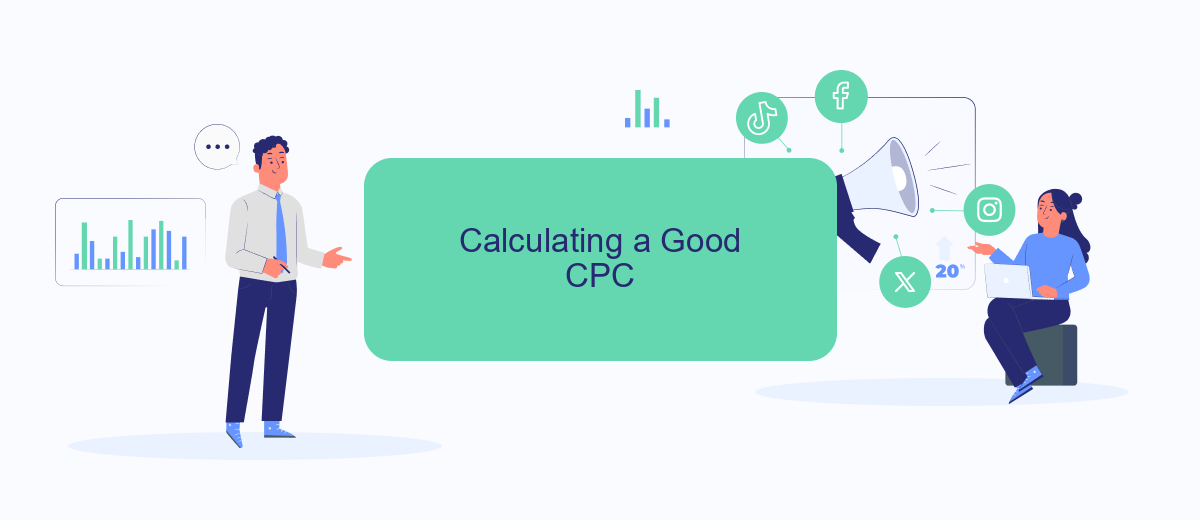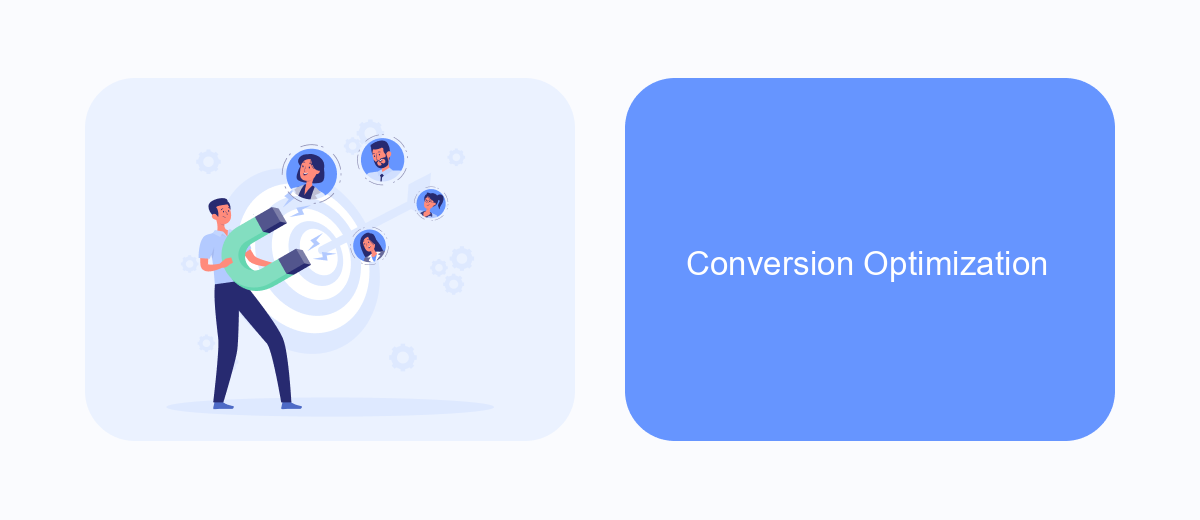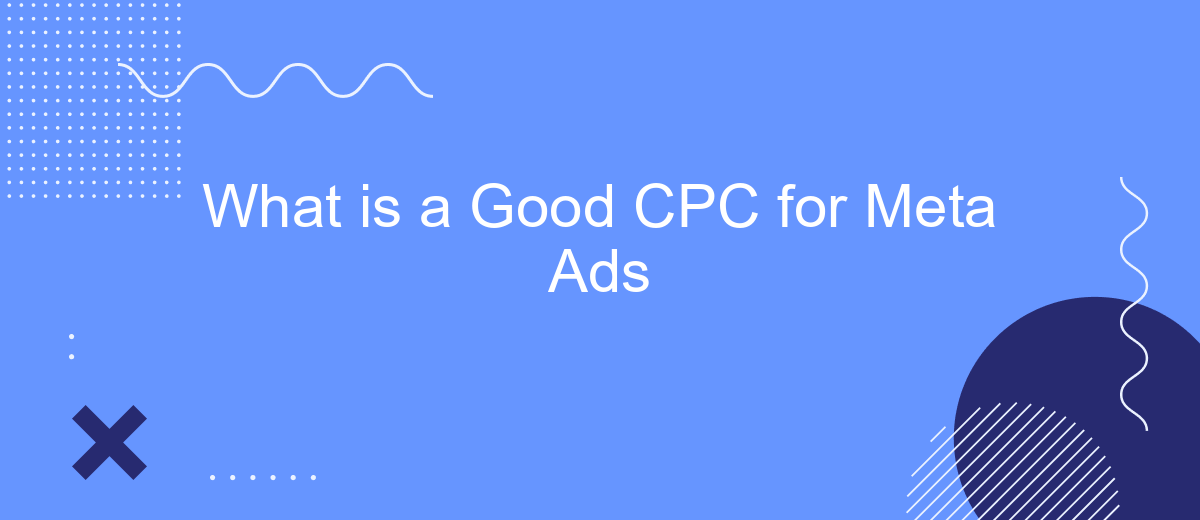Determining a good Cost Per Click (CPC) for Meta Ads is crucial for optimizing your advertising budget and maximizing return on investment. This article explores the factors that influence CPC rates, industry benchmarks, and strategies to achieve a competitive CPC. By understanding these elements, marketers can make informed decisions and enhance the effectiveness of their Meta Ads campaigns.
CPC for Meta Ads
Cost Per Click (CPC) is a critical metric for evaluating the performance of Meta Ads. A good CPC varies depending on the industry, target audience, and ad quality. Generally, a lower CPC indicates a more cost-effective campaign, but it's essential to balance cost with the quality of traffic.
- Industry benchmarks: Different industries have varying average CPCs. For example, finance and insurance typically have higher CPCs compared to e-commerce or entertainment.
- Ad relevance: Ads with high relevance scores tend to have lower CPCs. Ensure your ad copy and creatives are highly relevant to your target audience.
- Target audience: Narrowing down your target audience can lead to a more efficient spend, potentially lowering your CPC.
- Ad placement: Experiment with different ad placements to find the most cost-effective options.
Utilizing tools and services like SaveMyLeads can help streamline your ad campaigns by automating lead integration, ensuring you get the most out of your advertising budget. By maintaining a focus on these factors, you can optimize your CPC for Meta Ads and achieve better ROI.
Factors Affecting CPC

Several factors influence the Cost Per Click (CPC) for Meta Ads. One primary factor is the target audience; more competitive audiences typically result in higher CPCs due to increased demand. The relevance and quality of your ad also play crucial roles; ads that are more relevant to the audience and have higher engagement rates generally enjoy lower CPCs. Additionally, the time of year and current events can impact CPC rates, with costs often rising during peak advertising seasons like holidays.
Another significant factor is the ad placement. Ads placed in highly visible areas, such as the news feed, often have higher CPCs compared to less prominent placements. The industry or niche you are advertising in also affects CPC, with some industries having inherently higher costs due to competition. Utilizing services like SaveMyLeads can help optimize your ad campaigns by automating lead integration, thus potentially lowering your CPC by improving overall ad efficiency and targeting.
Calculating a Good CPC

Calculating a good Cost Per Click (CPC) for your Meta Ads is essential for optimizing your ad spend and achieving your marketing goals. To determine an effective CPC, consider the following steps:
- Evaluate Your Industry Benchmarks: Research average CPC rates within your industry to set a realistic baseline.
- Analyze Your Campaign Goals: Define your specific objectives, such as lead generation or brand awareness, to tailor your CPC accordingly.
- Monitor and Adjust: Continuously track your ad performance and make necessary adjustments to optimize your CPC.
By following these steps, you can ensure that your CPC aligns with your business objectives and industry standards. Additionally, leveraging tools like SaveMyLeads can streamline your lead management process, helping you to maximize the efficiency of your Meta Ads campaigns. Consistent monitoring and optimization are key to maintaining a competitive edge and achieving the best possible results.
Conversion Optimization

Conversion optimization is crucial for maximizing the effectiveness of your Meta Ads campaigns. By focusing on improving the conversion rate, you can ensure that you're getting the most out of your advertising budget. Start by analyzing your current performance metrics to identify areas where conversions are lagging.
Once you've identified the weak points, consider implementing A/B testing to experiment with different ad creatives, headlines, and calls-to-action. This will help you determine which variations perform best and drive the most conversions. Additionally, make sure your landing pages are optimized for user experience and are aligned with your ad content.
- Use clear and compelling calls-to-action (CTAs)
- Ensure fast loading times for landing pages
- Optimize forms for ease of use
- Utilize retargeting strategies
Integrating automation tools like SaveMyLeads can further enhance your conversion optimization efforts. SaveMyLeads enables seamless integration of various platforms, allowing you to streamline lead management and follow-up processes. By automating these tasks, you can focus more on strategy and less on manual operations, ultimately driving higher conversion rates.
Tracking and Optimization
To effectively track and optimize your CPC (Cost Per Click) for Meta Ads, it's essential to employ robust tracking tools and analytics. Utilize Meta's built-in analytics to monitor your ad performance, focusing on key metrics such as click-through rate (CTR), conversion rate, and overall engagement. Regularly reviewing these metrics allows you to identify trends and make data-driven decisions to enhance your ad campaigns. Additionally, integrating third-party tools like Google Analytics can provide deeper insights into user behavior and help you understand the full customer journey.
Optimization is an ongoing process that involves testing different ad creatives, targeting options, and bidding strategies. A/B testing is particularly useful for determining which elements of your ads are most effective. Consider using automation tools like SaveMyLeads to streamline your optimization efforts. SaveMyLeads can help you set up automated workflows to transfer leads and data between various platforms, ensuring that you have real-time access to the information needed to make quick adjustments. By continuously refining your approach, you can achieve a more efficient CPC and maximize your advertising ROI.
FAQ
What is a good CPC for Meta Ads?
How can I lower my CPC on Meta Ads?
Does ad placement affect CPC on Meta Ads?
How does audience targeting impact CPC on Meta Ads?
What tools can help optimize CPC on Meta Ads?
If you use Facebook Lead Ads, then you should know what it means to regularly download CSV files and transfer data to various support services. How many times a day do you check for new leads in your ad account? How often do you transfer data to a CRM system, task manager, email service or Google Sheets? Try using the SaveMyLeads online connector. This is a no-code tool with which anyone can set up integrations for Facebook. Spend just a few minutes and you will receive real-time notifications in the messenger about new leads. Another 5-10 minutes of work in SML, and the data from the FB advertising account will be automatically transferred to the CRM system or Email service. The SaveMyLeads system will do the routine work for you, and you will surely like it.
